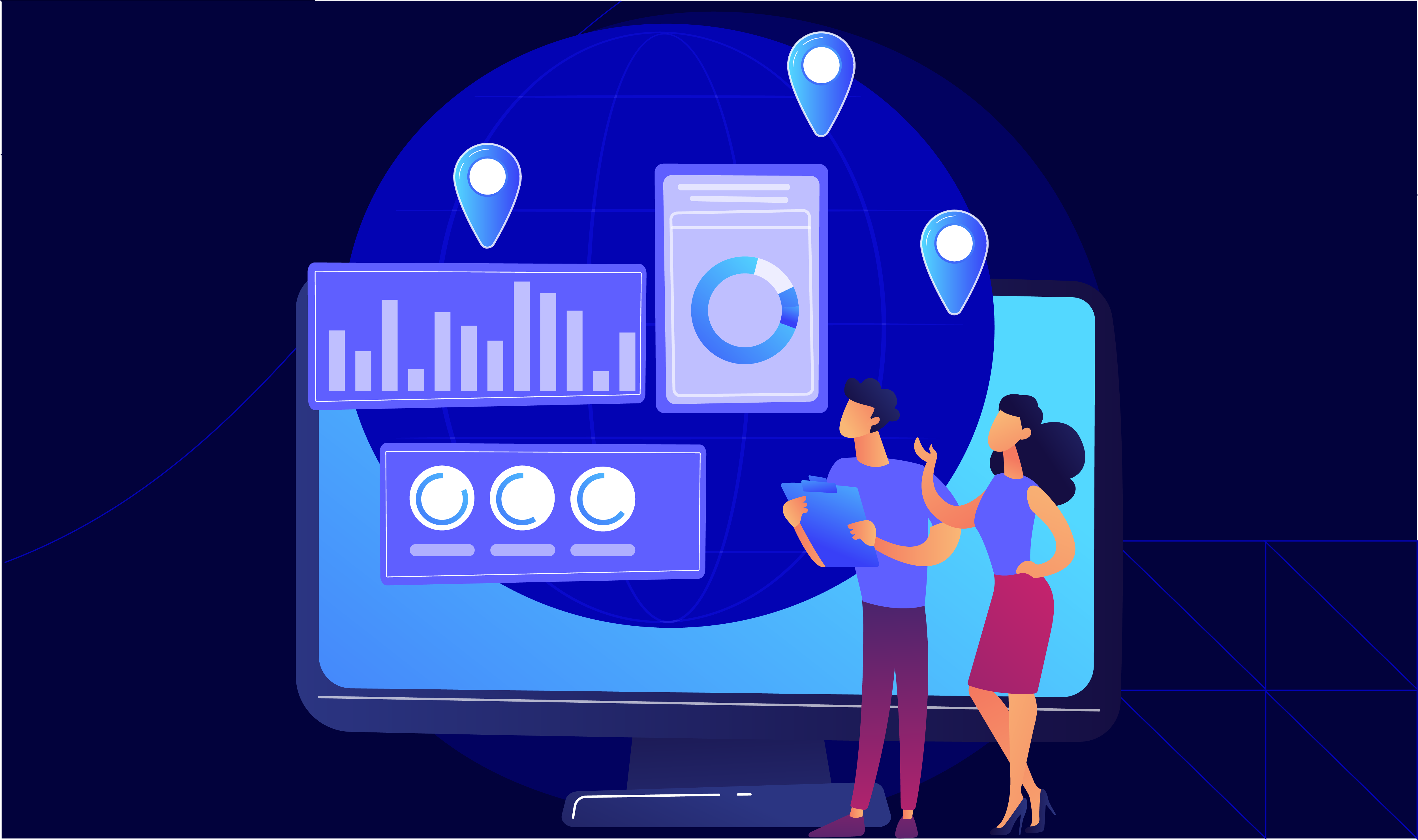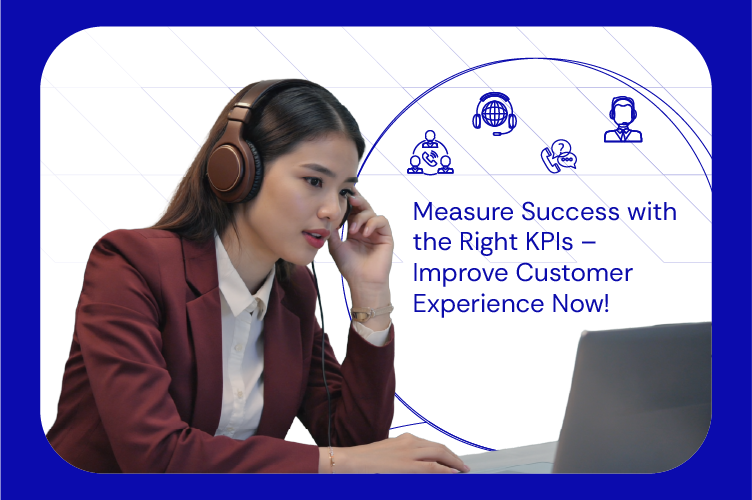Customer Experience Key Performance Indicators (CX KPIs) are measurable metrics. Using them, you can learn how your customers perceive and interact with your brand across various touchpoints. Such tracking lets you identify gaps, enhances loyalty, and increases sales.
If you’re a VP, Director or Senior Manager of Customer Experience at a consumer brand or D2C company (US, UK, Australia) with 5+ employees and $5M+ revenue, this guide is written for you.
If you can’t measure it, you can’t improve it. This is especially true for CX leaders in D2C brands where KPI performance is often discussed at board level. Studies show that poor customer experience could cost companies $3.8 trillion globally in 2025.
Do you want your revenue to drop? As a business owner, you must understand how your customers feel, behave, and respond to your product/ service. But how? Start tracking Customer Experience Key Performance Indicators (CX KPIs).
They are simple numbers that offer clear signals about:
- Loyalty
- Satisfaction
- Business growth
So, want to track them? In this article, let’s check out the top ten KPIs in customer experience, you must track in 2025!
What are Customer Experience KPIs?

KPIs in customer experience are measurable scores or rates that indicate how customers feel about your brand, products and interactions. KPIs in customer experience are simple numbers or scores. They allow you to understand how happy your customers are when they deal with your business.
Using these KPIs, you can perform a SWOT (Strength Weakness, Opportunity, Threats) analysis of your service, product, or support.
What Do Customer Experience KPIs Tell You?
- Does your product or service solve your customers’ problems?
- Does your team handle complaints/ questions quickly and politely?
- How many customers are staying with you vs. leaving?
- How loyal are your customers and will they recommend you to others?
Tracking CX KPIs is highly recommended for VPs, directors and senior managers at D2C brands across the US, UK & Australia.
Why Should You Track Them?
According to surveys, 33% of customers will leave a brand after one bad experience and 92% will leave after two or three bad experiences. Through customer experience key performance indicators, you can:
- Find out where your service is strong or weak.
- Improve your customer support.
- Increase sales by keeping customers happy.
- Make smart decisions to grow your business.
Most VPs and Directors of consumer brands and D2C companies with $5M+ revenue rely on major KPIs for better customer retention. Atidiv’s client work shows how tracking the right KPIs and redesigning processes produces measurable results like 80% time savings and 50% cost reduction for an NYC start-up (case study) and $20M+ savings for a high-volume aggregator (case study).
10 Customer Experience KPIs You Must Track in 2025

A recent study found that about 75% of consumers are willing to spend more with companies that offer positive customer experiences. Is there a secret to doing so? No, but you can certainly rely on numbers!
Below are ten customer experience key performance indicators you must track to stay competitive:
1. Customer Churn Rate
Customer churn rate tells you how many customers stop doing business with you during a specific period. For example,
- Say 100 people bought from you last month.
- However, 10 didn’t return this month.
- Now, your churn rate is 10% (10100x 100)
A high churn rate means customers are not satisfied and are choosing other options. In contrast, a low churn rate shows most customers are satisfied with your business and will remain loyal.
For your reference, below are some industry-wise benchmarks you can consider:
- SaaS: 3-5% monthly
- Telecom: 1.5-2% monthly
- Financial Services: 20-25% annually
- E-commerce/Retail: 20-30% annually
2. Net Promoter Score (NPS)
Net Promoter Score is a number that shows if your customers are likely to recommend your business to others. To start with this customer experience KPI, you ask a simple question:
“How likely are you to recommend us to a friend?”
Next, your customers give a score from 0 to 10:
- Those who give a 9 or 10 are called “promoters”
- Those who give 6 or lower are “detractors”.
Now, you calculate NPS using this formula:
NPS = % of Promoters – % of Detractors
A high NPS means your customers trust your product or service. A low score means something is wrong in their experience. You can also collect written feedback (known as Voice of the Customer) to learn what changes to make. This KPI is especially important for companies with $5M+ revenue where board-level decisions refer NPS.
3. Customer Satisfaction Score (CSAT)
Customer Satisfaction Score shows how happy customers are after a specific experience, like:
- After buying a product
- Talking to your support team
To track this customer experience KPI, you ask them to rate their satisfaction (usually on a scale from 1 to 5). High scores mean your customers are satisfied, while low scores show they expected more and if you don’t improve, they may switch to competitors.
4. Average Resolution Time
Average resolution time measures how long it takes your business to solve a customer’s issue from the moment they report it. The longer it takes to resolve a problem, the more frustrated the customer may become!
On the other hand, faster resolutions show that you carry a team of trained and dedicated customer support agents. Be aware that studies show that 90% of customers say a quick response is critical when they have a question. Also, 60% of them define “immediate” as within 10 minutes.
If your business takes too long, it may lose trust. Thus, by tracking this customer experience KPI, you can see if your support team needs more training or better tools.
Also, you can refer to these average reply time benchmarks:
- Support desk: 6-12 hours
- Phone support: <3 minutes
- Live chat: 1-2 minutes
- Email: 1-24 hours
D2C companies and consumer brands operating in the US, UK, and Australia (with 5+ employees) can particularly measure ART to improve their CX quality.
Note: point 4 focuses on average reply/response benchmarks (initial replies), while point 9 below covers full resolution time.
5. Customer Acquisition Rate
The customer acquisition rate shows how many new customers your business gains (in a specific period). It tells you how successful your marketing and sales efforts are.
A lower rate shows that your outreach methods need changes. Ideally, you should try to improve the customer experience during the buying process. You can do so by:
- Making simple communications
- Practicing easy navigation
- Providing helpful information
Tracking this customer experience KPI lets you understand whether your marketing is converting “interest” into actual paying customers.
6. Conversion Rate
Conversion rate measures how many visitors or leads take a specific action that you want, such as:
- Making a purchase
- Signing up
- Calling for a service
It is one of the most direct ways to see if your customer experience is working. A low conversion rate shows that your website, product display, or communication is confusing or unconvincing.
This customer journey KPI lets you identify which steps in the customer journey may need improvement. Remember that better conversion leads to more sales without increasing your marketing costs.
7. Cart Abandonment Rate
The cart abandonment rate tells you how many people add products to their online shopping cart but leave without buying. A high rate usually signals there is a problem at the final step of the buying process. Some common reasons of a high abandonment rate are:
- Extra costs
- Unclear returns
- Slow websites
- Lack of support
Additionally, note that customers may also leave if they cannot find answers to their questions before buying. By tracking this customer journey KPI, you can find where the buying process is breaking down.
8. First Response Time (FRT)
First Response Time measures how long it takes your team to respond to a customer’s first message or request. Usually, a shorter response time leads to better customer experience and satisfaction. In contrast, if your team takes too long to respond, customers feel ignored and leave.
By tracking this customer experience KPI you can track:
- How fast does your support system react?
- Do you need more staff or better tools to manage incoming queries?
To calculate it, use this formula:
FRT = Total time taken to respond to all first messagesTotal number of first responses
9. Average Resolution Time (ART)
Average Resolution Time tracks how long it takes your team to completely solve a customer’s issue from the moment they contact you until the problem is fully resolved. Please note that this customer experience KPI is different from the first reply. It measures the entire time it takes to close a support case.
A long resolution time points to:
- Delays
- Unclear processes
- Lack of resources
In comparison, a shorter time shows your team is resolving issues without unnecessary steps.
Use this formula:
ART = Total resolution time for all casesTotal number of resolved cases
10. Customer Lifetime Value (CLTV or CLV)
Customer Lifetime Value estimates how much money a single customer is likely to spend on your business over the entire time they remain your customer. This allows you to understand:
- How valuable long-term relationships are?
- How much can you afford to spend to acquire or retain a customer?
If your business keeps customers longer, CLTV increases. Using this, customer experience KPI, you can also plan marketing, pricing, and support strategies.
Calculate it using this formula:
CLTV = Average Purchase Value × Number of Purchases per Year × Customer Lifespan (in years)
Please note that it is a key KPI for VPs and senior managers running $5M+ revenue organisations. By tracking it, they can smartly evaluate long-term loyalty and customer retention value.
Track the Right CX KPIs With Atidiv!

Every customer interaction tells a story! And KPIs are how you read it. Through them, you can improve your product/ service and let your customers:
- Stay loyal
- Refer others
- Spend more
These numbers help you see where your service works and where it breaks. Finding KPIs too technical? If KPIs feel technical, outsource KPI tracking and optimization to specialists.Outsource your customer support to Atidiv! We track and optimise your customer and digital experience KPIs across all stages:
- Our average CSAT score of 4.8 shows how satisfied your customers are.
- We maintain consistency in service with a 98% average.
- We deliver omnichannel customer service across all platforms.
Our clients have seen measurable outcomes, like $450K+ annual savings in potential makegoods combined with up to 65% in employee cost reductions (case study).
Partner with Atidiv to translate KPI signals into actions that improve retention, revenue and CX quality.
FAQs on Customer Experience
1. How do I know which customer experience KPIs are right for my business?
Start with core KPIs like:
- CSAT
- NPS
- Churn Rate
If you sell online, also track Cart Abandonment and Conversion Rate. Ideally, you should choose KPIs based on your customer journey. Also, focus on what impacts their buying, support, and retention experience the most.
2. I have a small team. How can I track customer experience KPIs without extra tools or staff?
You don’t need expensive tools. Start with basic spreadsheets or free survey tools like Google Forms.
For faster and reliable insights, outsourcing KPI tracking to Atidiv is an option. We already have the systems and expertise to track major customer experience KPIs accurately and regularly.
3. What should I do if my customer experience KPIs show poor customer experience?
Poor scores are early warnings! Analyse them thoroughly to identify what’s going wrong, such as:
- Slow support
- Unclear communication
- Product issues
Then, make small, but focused improvements. Remember that resolving even one weak area can quickly improve customer experience and reduce churn.
4. How often should I review my customer experience KPIs in 2025?
Ideally, you should review them monthly. However, if run a fast-moving business, try to conduct weekly checks (particularly on key metrics like FRT and CSAT). Through regular checking, you can stay responsive to customer needs. High-velocity teams (fast-moving D2C brands) should monitor key KPIs weekly, especially FRT and CSAT.
